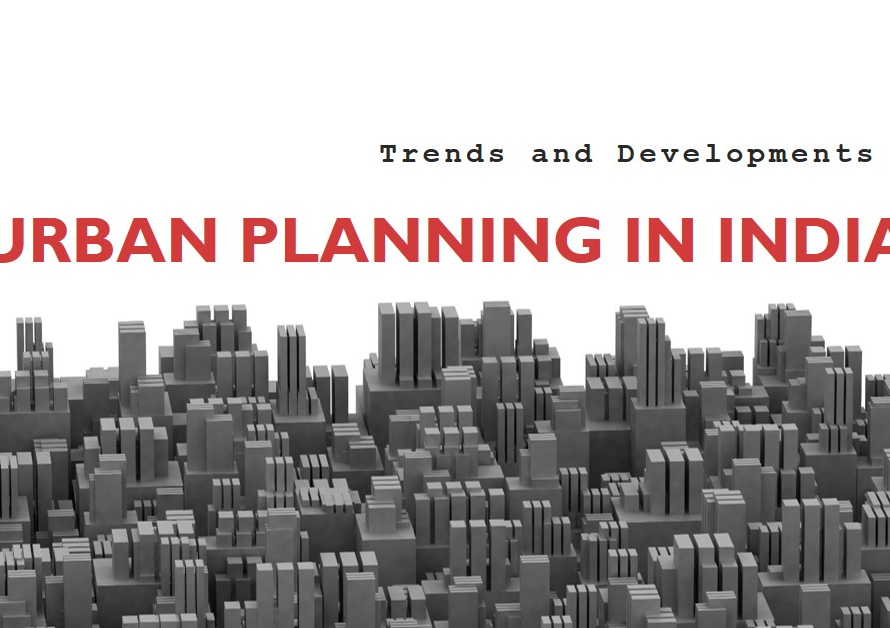
Table of Contents
- Introduction: The Fusion of AI and 3D Modeling
- The Evolution of 3D Modeling:
- AI-Driven Automation: Reducing Manual Labor
- Enhancing Creativity: AI as a Co-Creator
- Improved Accuracy: Minimizing Errors
- Accelerated Learning: Democratizing 3D Modeling
- Real-Time Rendering: Enhancing Visualization
- Data-Driven Design: Leveraging Big Data
- Collaborative Platforms: Enhancing Teamwork
- Future Prospects: The Road Ahead
- Conclusion: Embracing the AI-Enhanced Future
Introduction: The Fusion of AI and 3D Modeling
In recent years, artificial intelligence (AI) has permeated various industries, revolutionizing traditional practices and ushering in unprecedented efficiencies. One of the most exciting developments in this arena is the integration of AI into 3D modeling. This fusion is not just a technological advancement; it is a transformative shift that enhances the capabilities of designers, engineers, and artists alike. This blog post delves into how AI integration is enhancing 3D modeling, providing an in-depth look at the benefits, challenges, and future prospects of this powerful synergy.
The Evolution of 3D Modeling:
Traditionally, 3D modeling has been a labor-intensive process requiring significant time, skill, and creativity. From the early days of wireframe models to the sophisticated, photorealistic renders we see today, the field has undergone tremendous evolution. Despite these advancements, many aspects of 3D modeling have remained painstakingly manual.
Enter AI. By automating repetitive tasks and augmenting human creativity, AI has the potential to streamline the 3D modeling process significantly. This evolution is akin to moving from hand-drawn sketches to digital art; it’s a leap that not only saves time but also expands the horizons of what’s possible in 3D modeling.
AI-Driven Automation: Reducing Manual Labor
One of the most immediate benefits of AI integration in 3D modeling is the automation of repetitive tasks. For instance, AI algorithms can automatically generate complex textures and patterns, a task that would otherwise consume countless hours of a designer’s time. Additionally, AI can assist in procedural generation, where intricate environments and objects are created based on predefined rules and parameters.
Furthermore, AI-powered tools can streamline the rigging process in animation, where skeletons and joints are set up for character models. This automation reduces the manual labor involved and allows artists to focus more on the creative aspects of their work, thus enhancing productivity and creativity simultaneously.
Enhancing Creativity: AI as a Co-Creator
AI is not just a tool for automation; it is also a co-creator that can inspire and enhance human creativity. Generative design, powered by AI, allows designers to input specific goals and constraints into an algorithm, which then produces a multitude of design variations. This process can lead to innovative solutions that a human might not have conceived independently.
Moreover, AI can analyze vast datasets of existing models and artworks to provide inspiration and suggestions. By understanding patterns and trends, AI can help artists break creative blocks and explore new artistic directions. Thus, AI serves as both a muse and a collaborator in the creative process.
Improved Accuracy: Minimizing Errors
Human error is an inevitable part of any manual process, and 3D modeling is no exception. However, AI can significantly reduce these errors by offering precision and consistency. Machine learning algorithms can detect and correct anomalies in real-time, ensuring that models adhere to specified standards and parameters.
For example, in architectural modeling, AI can ensure that structural elements are correctly aligned and that dimensions are accurate, thus preventing costly mistakes. This accuracy is particularly valuable in industries where precision is paramount, such as aerospace and automotive design.
Accelerated Learning: Democratizing 3D Modeling
AI integration is also democratizing 3D modeling by making advanced tools accessible to a broader audience. Traditionally, mastering 3D modeling software required extensive training and experience. However, AI-powered tools can lower this barrier to entry by providing intuitive interfaces and smart assistance.
For instance, AI can guide beginners through the modeling process, offering suggestions and corrections as they work. This mentorship-like feature accelerates the learning curve, enabling novices to produce professional-quality models more quickly. Consequently, more individuals can explore 3D modeling, fostering a diverse and vibrant community of creators.
Real-Time Rendering: Enhancing Visualization
Real-time rendering has always been a coveted goal in 3D modeling, and AI is bringing it closer to reality. By leveraging AI-driven techniques such as neural rendering, it is now possible to achieve high-quality renders in a fraction of the time traditional methods require. This capability is transformative for industries like gaming and virtual reality, where immersive, real-time experiences are crucial.
Additionally, real-time rendering allows for more iterative and interactive design processes. Designers can see the effects of their changes immediately, enabling faster experimentation and refinement. This feedback loop enhances the overall quality and creativity of the final product.


Data-Driven Design: Leveraging Big Data
The integration of AI in 3D modeling also opens the door to data-driven design. By analyzing large datasets, AI can identify trends, preferences, and performance metrics that inform the design process. This approach is particularly beneficial in product design, where consumer preferences and usage data can drive the creation of more user-centric products.
Moreover, AI can simulate various scenarios and predict how designs will perform under different conditions. This predictive capability allows designers to optimize their models for factors such as durability, efficiency, and aesthetics before committing to physical prototypes. As a result, the design process becomes more informed and effective.
Collaborative Platforms: Enhancing Teamwork
AI-powered collaborative platforms are transforming how teams work together on 3D modeling projects. These platforms facilitate seamless communication and integration of various contributions, ensuring that team members can collaborate effectively, regardless of their physical location. AI tools can manage version control, merge changes, and even suggest improvements based on collective inputs.
For example, in the film industry, where complex 3D models are created by large teams, AI can help synchronize the efforts of different artists and departments. This synchronization not only improves efficiency but also enhances the coherence and quality of the final product. By fostering better collaboration, AI is redefining teamwork in 3D modeling.
Future Prospects: The Road Ahead
The integration of AI in 3D modeling is still in its nascent stages, but the future holds immense promise. As AI technologies continue to advance, we can expect even more sophisticated tools and techniques to emerge. For instance, the development of AI that can understand and interpret natural language could lead to voice-controlled 3D modeling software, making the process even more intuitive and accessible.
Moreover, advancements in quantum computing could further accelerate AI’s capabilities, enabling the processing of even more complex models and simulations in real-time. The convergence of AI and 3D modeling is poised to unlock new realms of creativity and innovation, reshaping industries and pushing the boundaries of what’s possible.
Conclusion: Embracing the AI-Enhanced Future
In conclusion, the integration of AI into 3D modeling is a game-changer that offers numerous benefits, from automating tedious tasks to enhancing creativity and accuracy. By democratizing access to advanced tools and enabling real-time rendering, AI is making 3D modeling more accessible and efficient than ever before. As we look to the future, the synergy between AI and 3D modeling promises to drive further innovations, opening up exciting possibilities for artists, designers, and engineers. Embracing this AI-enhanced future will undoubtedly lead to a new era of creativity and productivity in the world of 3D modeling.



